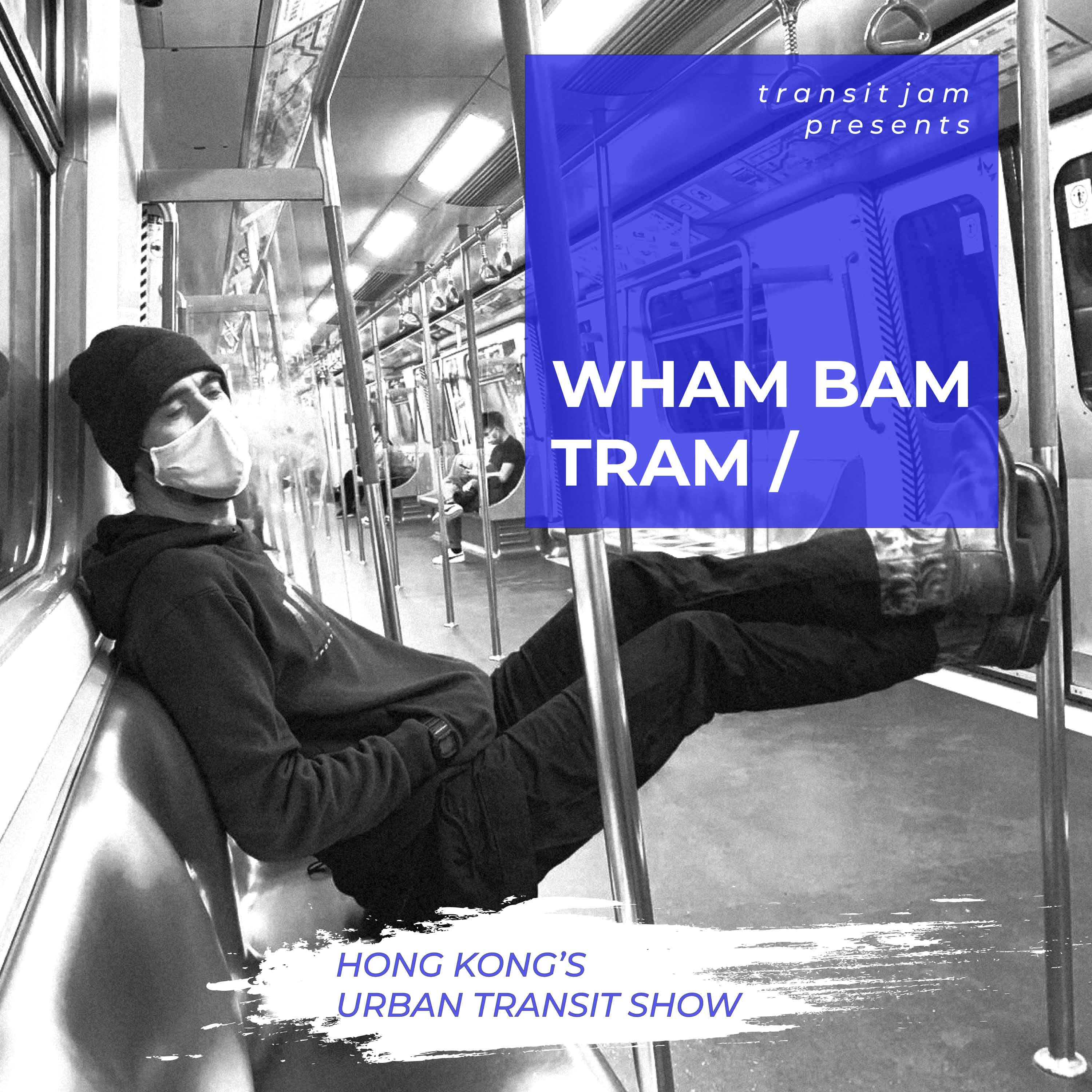
Lack of enforcement means once-charming “fongs” are now crowded with motorists looking for a free parking spot
GUEST COLUMN BY WALTRAUT RITTER
One of the oldest neighbourhoods in Hong Kong, characterised by relatively low-rise buildings, small lanes, and no through traffic, Tai Ping Shan (meaning “Peace Hill”), has over the past years become a favourite destination for motorists looking for free parking.
According to the Transport Department (TD), there are only three metered-street parking spaces (on Po Hing Fong) in the area; yet cars block every possible space regardless of street markings and signs. Parking on double-yellow lines, parking on pedestrian pavements, and parking on both sides of a lane all leave hardly any space for walking.
Knowing that traffic wardens are a rare sight in this area, a number of motorists also occupy street space as their permanent private parking space. A data collection of plate numbers in the streets in the evening and morning revealed a large number of regular users. A traffic warden confirmed that they don’t give tickets in the early morning or evening, and as such, the permanent usage of “free” on the road parking seems a convenient way of avoiding the cost of a private car parking space.
Apart from permanent illegal parking, the area is also used by taxis and chauffeur-driven vans as “napping space” where one can keep the motor idling for 30 minutes without any risks of enforcement of either illegal parking or idling engine. The most common answer when asking car drivers on why they are parking here, even though there is no parking space is “everyone is doing it”.
Tai Ping Shan is one of the pilot areas of the Walk Hong Kong initiative, a scheme which aims to make Hong Kong more pedestrian-friendly and develop measures to make walking in Hong Kong connected, safe, enjoyable and smart.
What could be done to achieve Walk Hong Kong’s objectives in this neighbourhood?
One of the measures could be to discourage cars from entering the area and effectively enforce non-parking. At the entry point to the neighbourhood (Ladder Street), there should be a sign restricting access unless it is a taxi or delivery.
Due to the shortage of traffic wardens in Hong Kong, the neighbourhood could also be used to prototype some form of police-citizen collaboration to combat illegal parking. Citizens could, after some training, become auxiliary traffic wardens and more regularly control the area.
Such a prototype could also serve as an example on how to deal with a persistent illegal parking problem in Hong Kong that is growing with every new car registration, across all neighbourhoods and districts.
Removing illegal parking is the first step in making Tai Ping Shan safe and enjoyable and live up to its name as a walkable “peace hill”. District councillors should take on the responsibility and collaborate with traffic wardens and citizens to free up urban space.

Vehicle barriers are no match for the determined chauffeur wanting to wash his wheels on the footpath
Categories: Law and Enforcement, Opinion, Policy, Transit









2 replies »